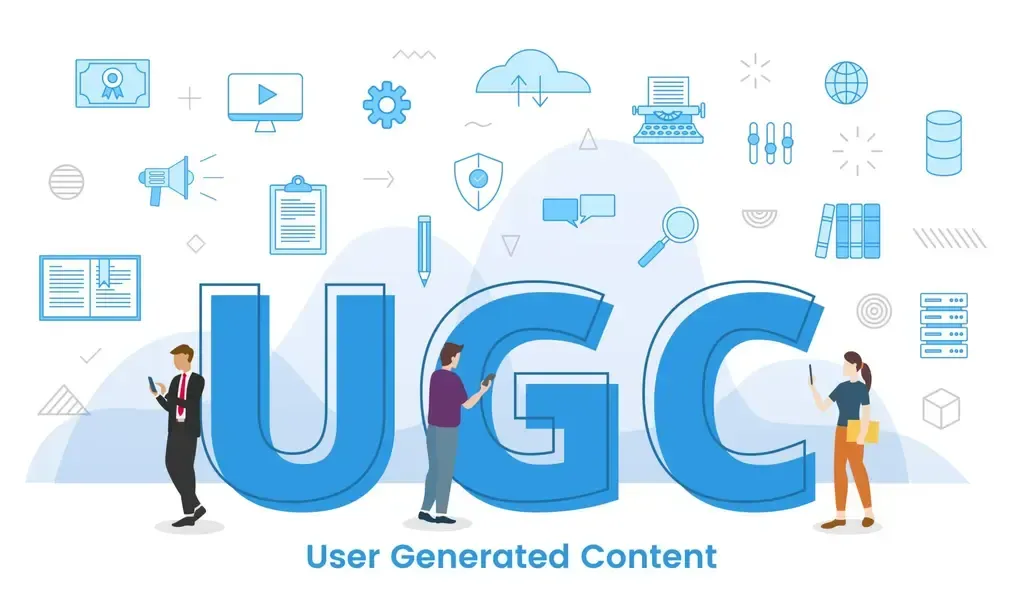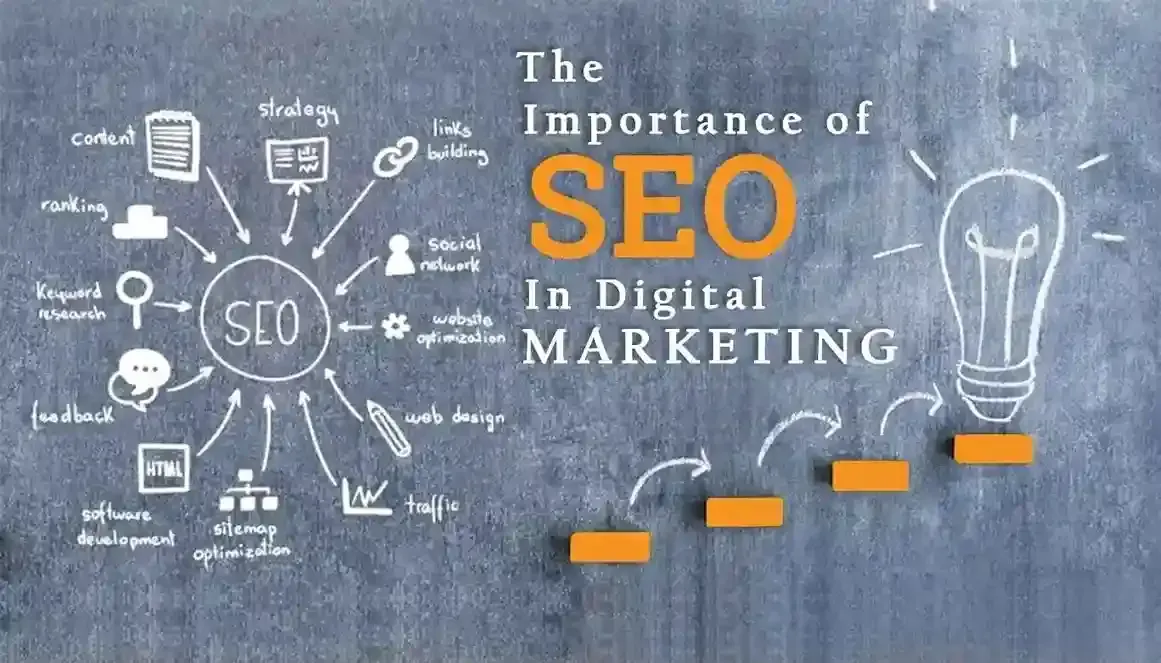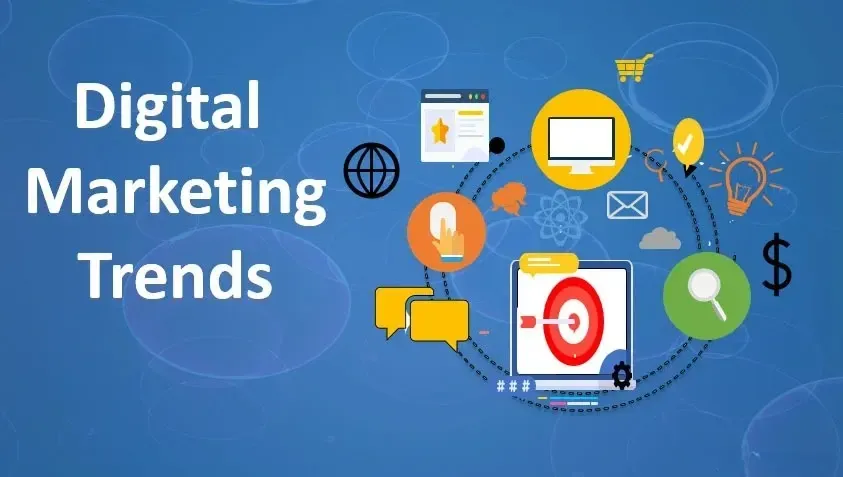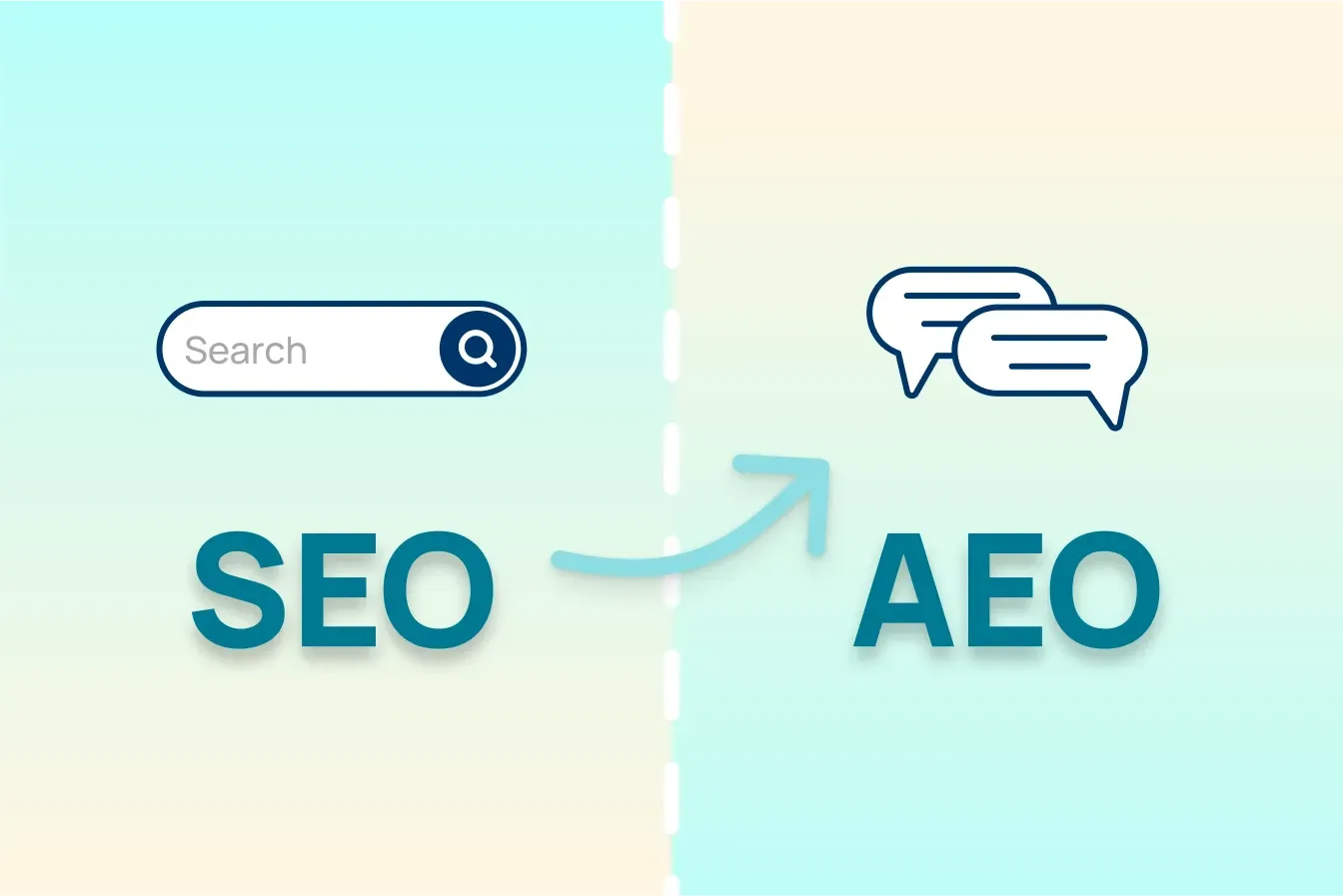How to Promote & Manage User-Generated Content (UGC) in Marketing

Promoting & Managing User-Generated Content (UGC) In Marketing Campaigns
Introduction
Imagine scrolling through your social media feed and coming across a post where someone raves about a brand they love, sharing an authentic experience. Wouldn’t you trust that more than a polished ad from the company itself? That’s the power of user-generated content (UGC). People tend to believe real experiences from other consumers more than traditional advertising, which is why UGC marketing strategy has become an essential part of modern digital marketing.
So, what exactly is UGC? It includes anything customers create about a brand—photos, videos, reviews, social media posts, and even blog articles. This type of content helps brands gain trust, enhance their marketing reach, and create a sense of community. But how can businesses encourage user-generated content and use it effectively in marketing campaigns? Let’s break it down.
Why UGC Matters
Leveraging UGC for marketing has numerous advantages that make it a goldmine for brands, big or small:
- Authenticity is Key: Today’s consumers are skeptical of overly promotional content. Seeing real people use and endorse a product builds credibility.
- Engagement & Community Building: UGC for brand engagement creates a connection between brands and customers, fostering long-term loyalty.
- Cost-Effective Marketing: Instead of spending thousands on professional content creation, brands can let customers generate valuable material for them.
- SEO Boost: SEO benefits of UGC include fresh and diverse content on your website, improving search rankings and attracting organic traffic.
Strategies to Encourage UGC
Now that we know why UGC is important, let’s explore how brands can get their customers involved in content creation.
1. Launch a Hashtag Campaign
A well-thought-out hashtag campaigns for UGC can inspire users to post about a brand while increasing visibility. For example, Coca-Cola’s #ShareACoke campaign encouraged customers to post pictures with personalized Coke bottles, leading to millions of interactions.
How to Make it Work:
- Choose a unique, memorable hashtag.
- Promote it across social media, email, and even in-store displays.
- Feature the best user submissions on your brand’s social media pages and website.
2. Run Contests and Challenges
People love challenges, especially when there’s a reward involved. UGC contests and challenges encourage participation and make content creation fun.
Best Practices:
- Offer prizes that genuinely appeal to your audience.
- Set clear participation rules.
- Publicly recognize winners by sharing their content on your brand’s platforms.
3. Request Customer Reviews and Testimonials
Customer reviews and testimonials provide social proof, helping potential buyers make informed decisions. Brands can encourage customers to leave reviews by offering incentives like discounts or loyalty points.
Ways to Increase Reviews:
- Follow up with customers after purchases, asking for feedback.
- Feature testimonials prominently on product pages.
- Showcase user reviews on social media posts.
4. Collaborate with Influencers and Advocates
Influencer-generated content can serve as an extended form of UGC, helping brands reach a wider audience through trusted voices.
How to Use Influencers for UGC:
- Partner with influencers who share your brand values.
- Send them products to test and share their experiences authentically.
- Encourage them to ask their followers to contribute their own UGC.
5. Utilize Live Streams and Interactive Content
Live streams are an excellent way to boost engagement. UGC for social media marketing can include interactive live Q&As, product showcases, and customer testimonials in real-time.
How to Get the Most Out of Live Streams:
- Encourage audience participation by answering questions live.
- Feature user-submitted content or comments during the stream.
- Repurpose the recorded video into shorter clips for other platforms.
6. Create a Community for User Contributions
A strong community allows brands to foster deeper connections. Whether it’s a Facebook group, a subreddit, or a brand forum, a space dedicated to users encourages ongoing interaction.
How to Build a Thriving Community:
- Encourage discussions and content sharing.
- Reward top contributors with exclusive perks.
- Engage actively with members to keep conversations going.
How to Leverage UGC in Marketing Campaigns
Once you have UGC, the next step is making the most of it in your marketing efforts.
1. Showcase UGC on Social Media
UGC for social media marketing is one of the easiest ways to build credibility. Sharing real customer experiences makes your brand feel more relatable.
Pro Tips:
- Always tag and credit the content creators.
- Share high-quality, visually appealing UGC.
- Incorporate UGC into paid ads to enhance authenticity.
2. Feature UGC on Your Website and Product Pages
A website filled with real customer photos and experiences builds trust and encourages conversions. User-generated content advertising on product pages helps potential buyers see products in real-life scenarios.
How to Implement:
- Display customer-uploaded photos on product pages.
- Create a dedicated UGC gallery.
- Use interactive carousels with testimonials and reviews.
3. Use UGC in Email Marketing Campaigns
Emails featuring customer reviews and testimonials can significantly boost open rates and conversions.
Ideas for Email UGC:
- Highlight top-rated products using real customer reviews.
- Include customer-generated images in promotional emails.
- Personalize emails by showcasing content from users with similar interests.
4. Integrate UGC into Paid Advertising
User-generated content advertising can make paid campaigns more effective, increasing engagement rates and lowering costs per click.
Best Practices:
- Use a mix of UGC formats (images, videos, testimonials).
- Test UGC against brand-created content to measure performance.
- Make sure the content aligns with your brand’s overall aesthetic.
5. Craft Storytelling Campaigns Around UGC
UGC marketing strategy becomes even more powerful when brands use real customer stories to create compelling narratives. Brands like Airbnb and Nike have successfully leveraged UGC-based storytelling to enhance their marketing.
How to Do It Right:
- Collect inspiring user stories that align with your brand’s message.
- Create video or blog content highlighting these stories.
- Share the content widely across multiple channels.
Ethical Considerations and Best Practices
While UGC is a valuable resource, brands should always be mindful of how they use it:
- Always Ask for Permission: Obtain consent before repurposing user content.
- Give Credit Where It’s Due: Properly attribute content to its original creator.
- Maintain Authenticity: Don’t modify UGC in a way that misrepresents the user’s original message.
- Monitor Content Regularly: Ensure that UGC aligns with your brand’s values and messaging.
Conclusion
User-generated content (UGC) has changed the way brands connect with their audiences. By encouraging user-generated content, companies can build trust, increase engagement, and drive sales in a cost-effective way. Whether it’s through UGC marketing strategy, influencer collaborations, or interactive social media campaigns, brands that embrace authentic, customer-driven content will continue to thrive in the digital age. So, start harnessing the power of UGC today and turn your customers into your best brand ambassadors!













